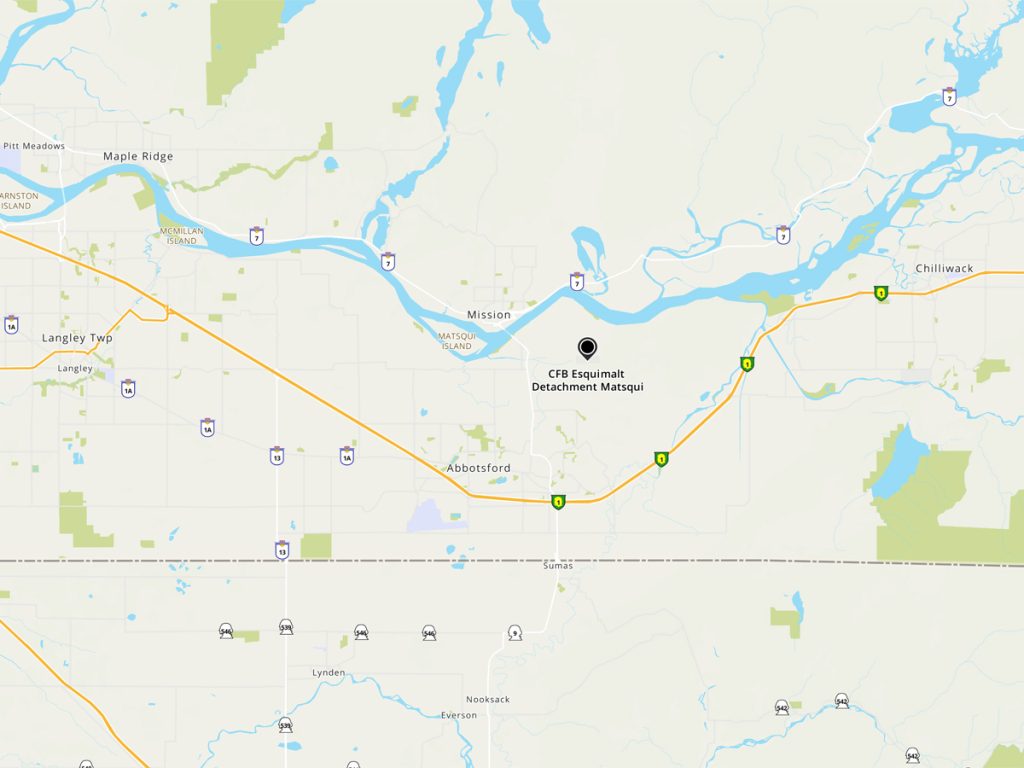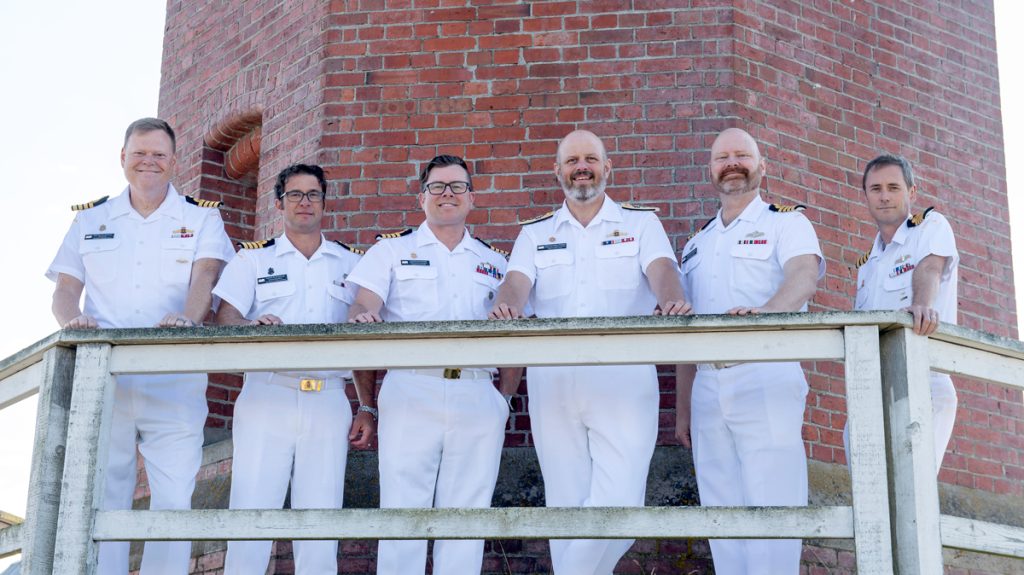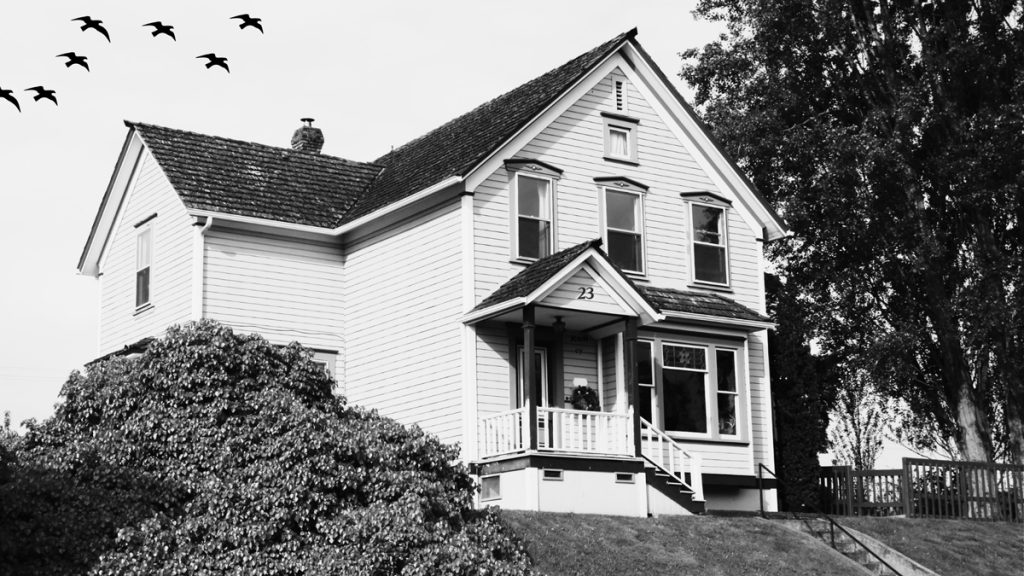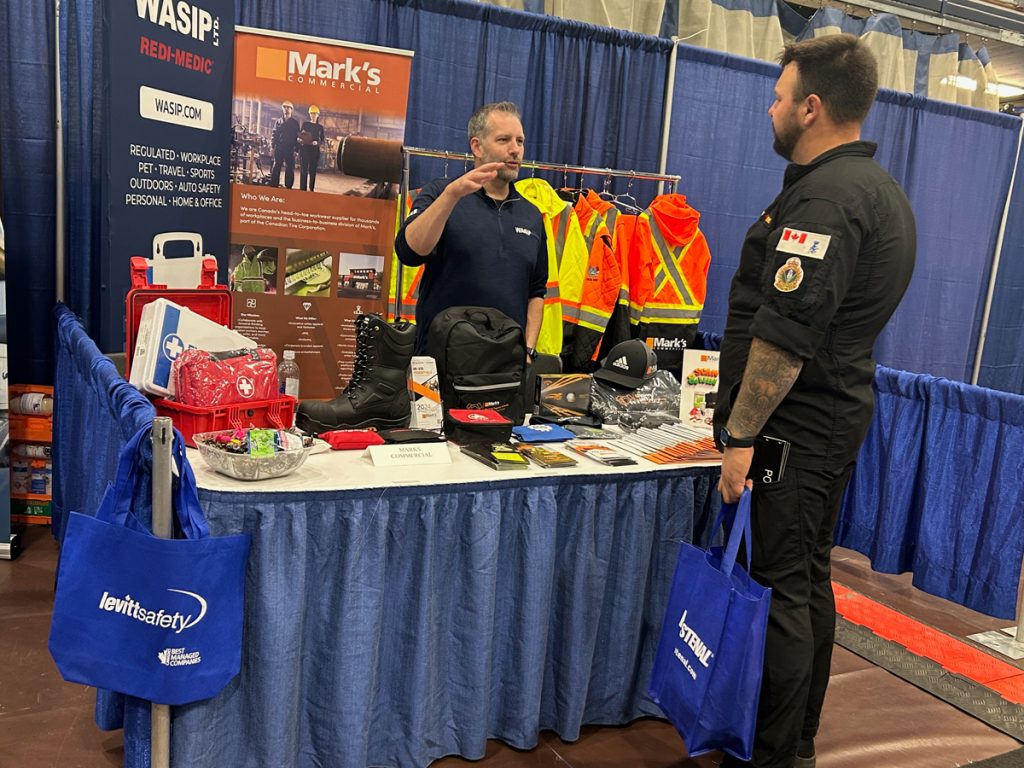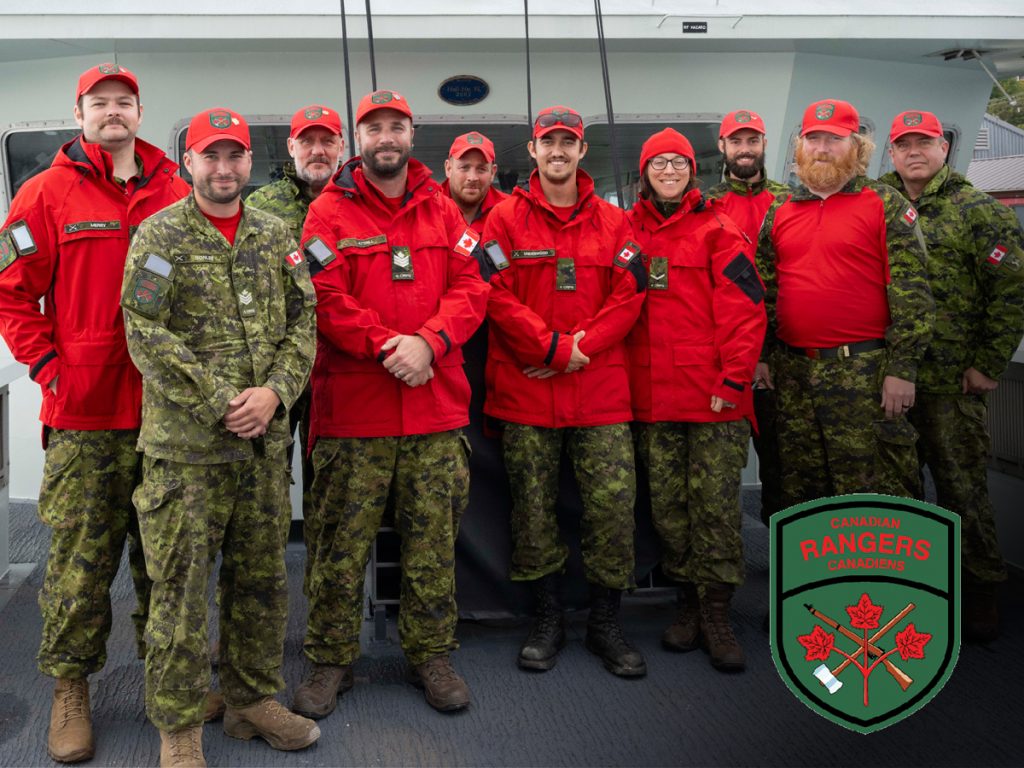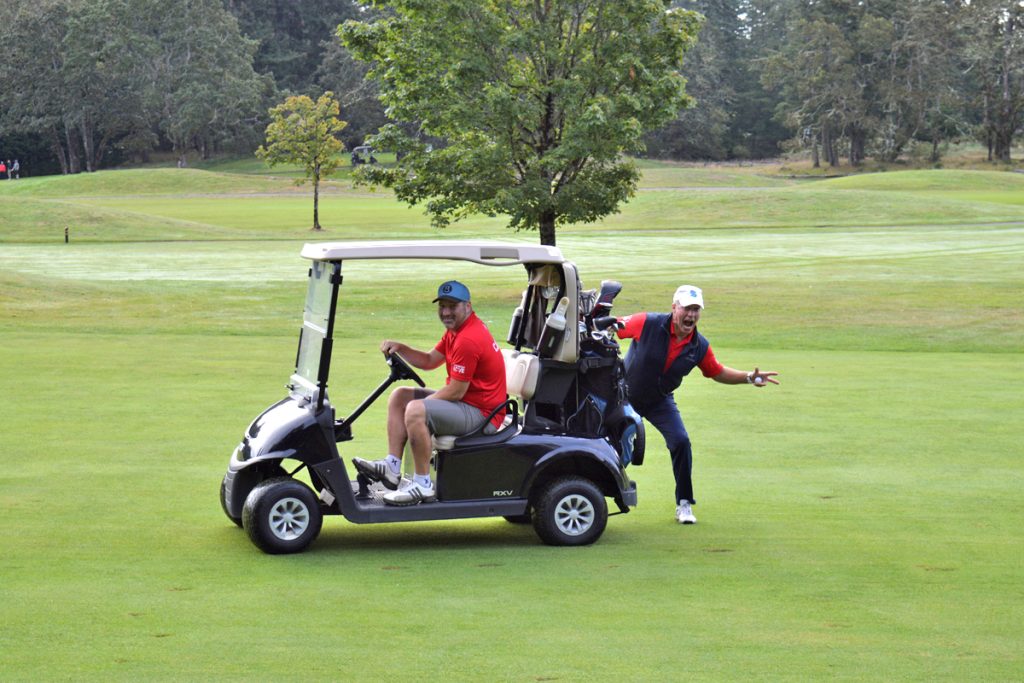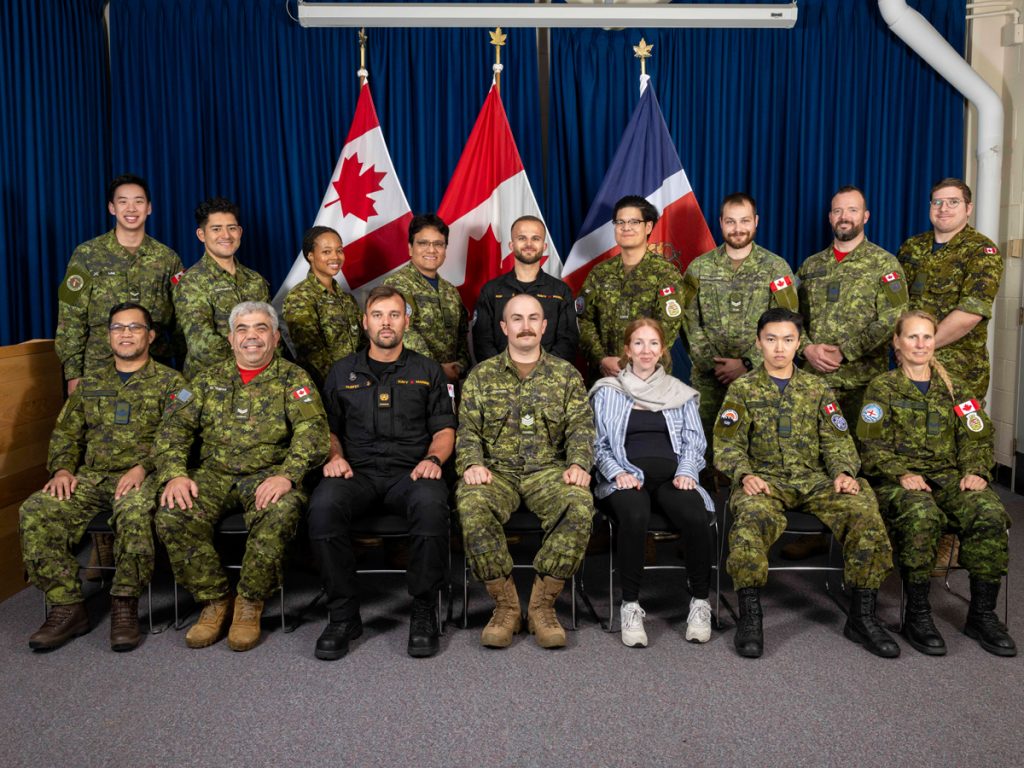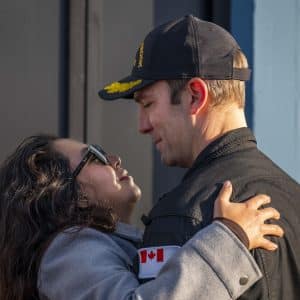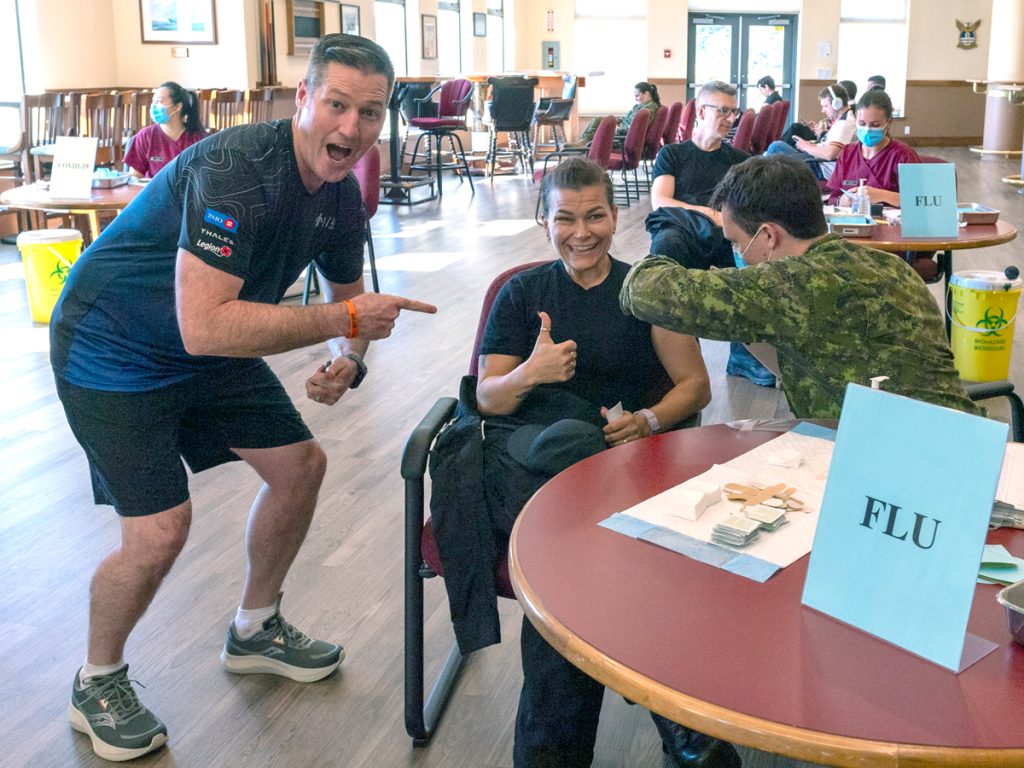
Se protéger, c’est l’heure de la vaccination !
[caption id="attachment_36200" align="aligncenter" width="597"] Le Commandant de la Base, le Capitaine de vaisseau Kevin Whiteside, soutient le Premier Maître de la Base, Susan Frisby, en train de se faire vacciner à la Clinique de Vaccination au Quartier Général.[/caption] Aucun rendez-vous n'est nécessaire ! Les prochains stages ont lieu le mercredi :6, 13, 20, 27 novembre à 0800-1200hrsau centre de vaccination de l'hôpital de la base Esquimalt bénéficie d'une protection proactive La saison des maladies respiratoires supérieures de l'automne a commencé. Les infections par la grippe et le COVID19 peuvent être évitées - faites-vous vacciner ! La grippe et le COVID continuent de présenter un risque pour la population en général et pour les membres de la FAC. Il est prouvé que la vaccination réduit la transmission, l'hospitalisation et les effets à long terme. Il est important de se tenir à jour en ce qui concerne les vaccins annuels contre la grippe et le COVID, car la protection diminue avec le temps ; les vaccins les plus récents sont ciblés sur les souches virales les plus répandues. Les membres peuvent avoir accès à l'un ou l'autre des vaccins, ou aux deux, et ils peuvent être administrés le même jour en toute sécurité. Une période de surveillance standard de 15 minutes après l'administration du vaccin est prévue avant le départ des membres. [caption id="attachment_36199" align="aligncenter" width="597"] Photo de groupe du Contre-amiral Christopher Robinson et du Capitaine de vaisseau Kevin Whiteside avec le personnel de la clinique de vaccination au carré des officiers, BFC Esquimalt, le 22 octobre.[/caption]

